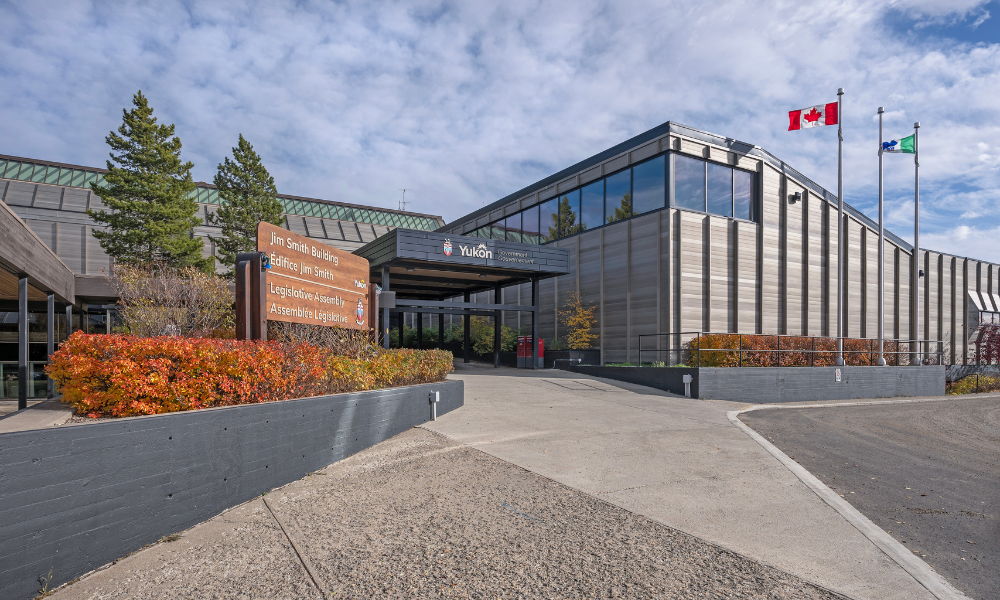New research has predicted what jobs may become automated in the future – how safe is HR?
Although once the topic of sci-fi films and comics, the arrival of a more automated workforce has been bubbling since William Lee’s invention of the stocking-frame knitting machine in 1589, and it is getting increasingly hard to ignore.
The Future of Employment: How Susceptible Are Jobs to Computerisation? , by Carl Benedikt Frey and Michael A. Osborne, utilized a method of examination that assesses both the skills required to complete a task and what computers are capable of to determine what jobs are at risk.
The paper proposes that, while previously automation was only perceived as a threat to manual tasks, cognitive tasks such as legal writing and truck driving could also be automated.
The paper acknowledges the full array of factors driving the decisions to automate certain positions cannot all be covered. Instead, the researchers aimed to look at the situation from a technological capabilities view point: determining which problems engineers would need to solve to automate an occupation and highlighting the difficulty to do so, then categorising the jobs according to their susceptibility to computerisation.
The fundamentally human aspect of HR means that complete automation is most likely impossible, although areas such as recruitment could become streamlined. Automated recruitment can already be seen in La Trobe University’s HR robot, which also provides solutions for increasing engagement and wellbeing.
The study indicates the positions most likely to become streamlined include:
- Data entry keyers
- Library technicians
- New accounts clerks
- Photographic process workers and processing machine operators
- Tax preppers
- Cargo and freight agents
- Watch repairers
- Insurance underwriters
- Mathematical technicians
- Sewers hands
- Title examiners, abstractors and searchers
- Telemarketers
Only four HR functions made it on the list of 702 jobs; HR managers were in the bottom 30, and HR, training and labour relations specialists well embedded in the bottom 300. HR assistants were in the top 200, with payroll and timekeeping clerks in the top 50.






